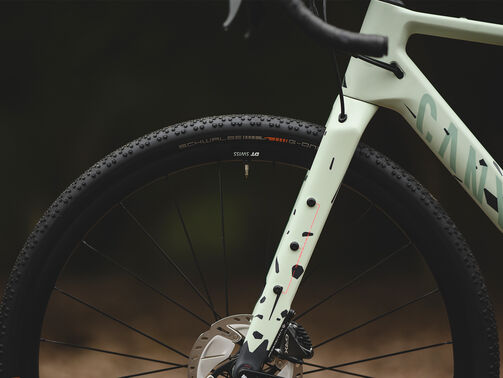Endurance vs gravel bike - Which to choose?
Endurance bike vs. gravel bike: What sets them apart, and which suits you best? Endurance and gravel bikes share many attributes, but focusing on their differences will help you pick the right cycling companion.

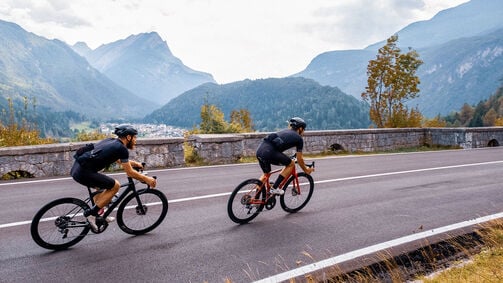
Contents
Endurance vs. gravel bike: Exploring the all-road realm in depth
Endurance bikes might resemble traditional road racing bikes but feature a more upright and relaxed riding position. Designed for longer days in the saddle, it’s the fact that these bikes have comfort as well as performance and efficiency in their design that earns them the ‘endurance’ name. Canyon’s range of Endurace road bikes blurs the lines of comfort and speed and is designed to provide more support in the saddle.
Gravel bikes borrow elements from road, mountain and cyclocross bikes. With wider tyres, a robust frame, disc brakes and additional mounts for gear, they can tackle a wide range of terrains, from tarmac to trails.
So when it comes to endurance bike vs gravel bike, which is right for you? Here’s our guide to the subtle and not-so-subtle differences that set these two bike categories apart.
One of the most notable and easily identifiable differences between an endurance and gravel bike is tyre clearance. The bigger the tyre clearance (i.e. the space between the frame and fork), the wider the tyre a bike can accommodate.
A speed and tarmac-focused aero bike will have a maximum tyre clearance of about 30mm. On the other end, a mountain bike can boast clearance for 70mm wide tyres—enough for the volume needed for riding over huge rocks and rough terrain.
An endurance bike’s 32-35mm wide tyres are plenty for churning out road miles in comfort. And there’s no need to shy away from rougher terrain. This width can even handle dirt roads if you want to get more adventurous.
Gravel bikes have greater tyre clearance of 40-45mm and up to 50mm in 700c on more robust models, as seen on the Canyon Grizl. These wider tyres deliver more traction and stability on loose surfaces and better grip on gravel, sand and light mud. The Canyon Grail features 40 mm tires for optimal grip and speed in gravel racing, with clearance for 42 mm tires and 52/36 front chainrings to maximize performance.
Wheel specifications in endurance and gravel bikes
The 700c wheels on an endurance bike are designed to complement its overall goal of speed and efficiency on predominantly paved surfaces. The industry standard for road cycling, this wheel size keeps the bike rolling over obstacles more smoothly than smaller wheels while still offering quick acceleration and maintaining speed.
Gravel bikes usually come with the option to use both 700c and 650b wheels, meaning riders can tailor their setup based on the specific demands of their ride. The smaller diameter 650b wheel allows for even wider tyres, lowering the bike’s centre of gravity for better handling on technical trails and improving ride comfort through increased tyre volume.
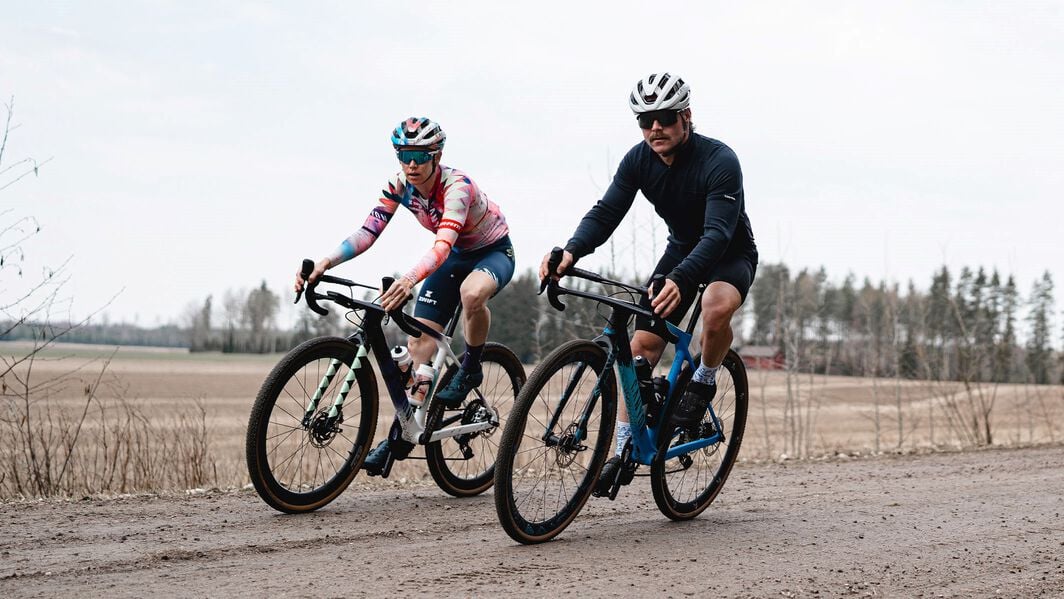
Geometry differences: Find the right shape for off-road adventures
When it comes to geometry, the endurance bike is the more comfort-oriented cousin of the traditional road racing bike. A more relaxed geometry enables you to hold your riding position on multi-hour rides, and the frame is tuned to further smooth out the road.
The frame of a gravel bike is built with varied terrain in mind. The design geometry makes for a more comfortable and reliable ride over long distances. Interested in how geometry impacts bike performance on paved surfaces? Take a look at our guide to road bike geometry.
Other key aspects of each bike's geometry contribute to a distinct riding feel:
- Head Tube Angle - The head tube angle on gravel bikes is typically more relaxed than that of endurance bikes. This design enhances stability and improves control during descents on loose surfaces. Endurance bikes feature a steeper head tube angle for a nimble steering response and greater agility.
- Wheelbase - The longer wheelbase on gravel bikes delivers a more stable ride and better handling on uneven surfaces. Endurance bikes have a shorter wheelbase to maintain nimble handling and a responsive ride feel on the asphalt.
- Stack and Reach - Gravel bikes usually feature a higher stack (vertical distance from the centre of the bottom bracket to the top of the head tube) and a shorter reach (horizontal distance from the centre of the bottom bracket to the top of the head tube) than endurance bikes.
While both bikes prioritise comfort for long rides, endurance bike geometry leans more towards aerodynamics, whereas gravel bike geometry focuses on maximising control and stability.
Gravel bike vs endurance bike: Equipping for exploration with mounts
As adventure-ready, go-almost-anywhere machines, gravel bikes are typically equipped with a wide range of mounting points on the frame and fork. From bikepacking to off-road excursions, riders have plenty of options for attaching racks, fenders and other gear to their gravel bike.
The mounting options on endurance bikes are usually limited to mudguard eyelets and bottle cage bolt holes. For the rider, this means a lightweight bike optimised for long hours in the saddle. With minimal gear, the focus is on aerodynamics and comfort over the capability to carry extensive equipment.
Mounts can sway your choice between an endurance bike and gravel bike. If carrying equipment is essential to your cycling adventures, a gravel bike comes out on top.
Unravelling gearing setup specifics
In addition to tyre clearance, the distinct gearing setups of endurance and gravel bikes represent one of their most significant differences. This is where understanding gravel groupsets becomes essential, as these specialised configurations play a pivotal role in a gravel bike's performance across diverse terrains.
Endurance bikes come with the 2x drive chain (2 front chainrings) and the common 50-34 and 52-35 variations, mirroring the setup on road bikes. The 2x system makes for smoother gear changes due to smaller gaps between gears, minimally impacting pedalling cadence for optimised speed and efficiency on paved surfaces.
Conversely, gravel bikes are often specc'd with the increasingly popular 1x setups (a single front chainring), borrowed from mountain biking, or a 2x system with lower gearing options. These setups are designed for the added flexibility needed to tackle everything from flat roads to steep, challenging climbs, highlighting the importance of gravel-specific groupsets in adapting to various riding conditions.
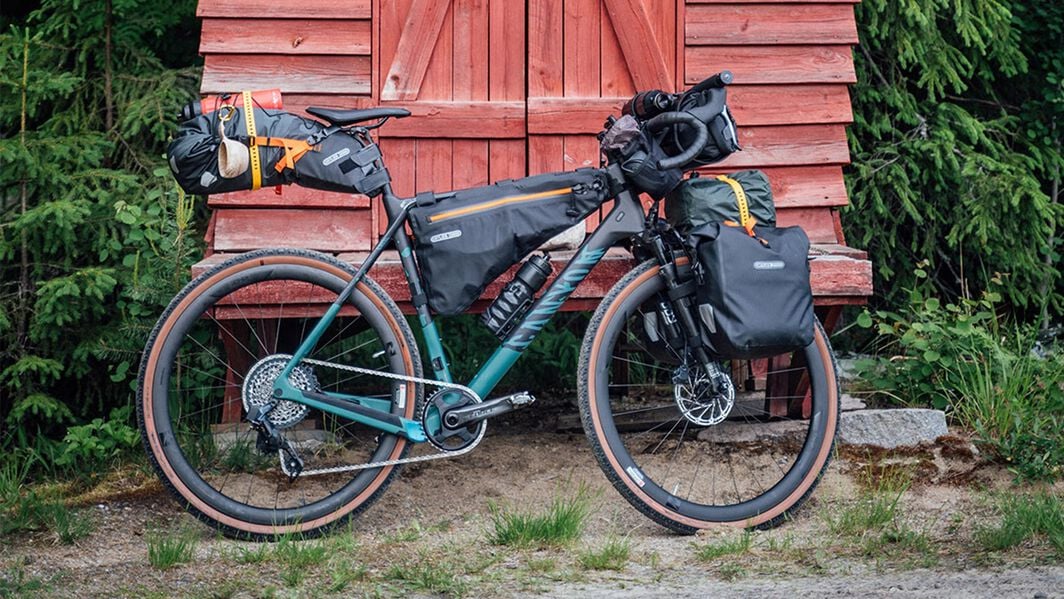
Exploring clutch system variances
As gear ratios have expanded and chains have gotten increasingly longer, chain slap has become a more common issue for cyclists. Chain slap occurs when the chain bounces and strikes the chainstay (the part of the bike frame that runs parallel to the chain) due to rough terrain or sudden movements.
The current generation of gravel bikes features a clutched rear derailleur, which limits the amount of chain slap that occurs when riding bumpy terrain. This results in quieter rides, less wear and tear and lower chances of the chain completely bouncing off the gears during rougher rides.
This clutch system adds drag, so you won’t see it on bikes where it’s unnecessary. Most endurance bikes focus on aerodynamic efficiency, so they don’t feature this built-in clutch system. Chain slap is also less of an issue on the smoother surfaces this bike was designed for.
Weighing the pros and cons: which bike is better for you?
First, you’ll need to decide why you are buying a bike and what you want to do with it. While endurance bikes are more versatile than road racing bikes, they have a narrower focus than gravel bikes.
Where an endurance bike shines is in its comfort in relation to performance. The wheelbase, tyre clearance and geometry of an endurance bike are still very road-oriented, making this type of bike ideal for staying comfortable on long distances on the tarmac.
A gravel bike has more flexibility for tyre choices, is geared for climbing more than an endurance bike, and features mount points for racks and fenders for longer adventures and cycle touring.
For most riders, however, the decision will come down to gearing and tyres:
- Gearing - If you're doing serious hills off-road, an endurance bike may not have low enough gearing. On the other hand, if you're riding fast on the road, you may spin out on the 1x setup of a gravel bike, especially if you're pedalling down negative inclines.
- Tyres - The 32-35mm tyres on an endurance bike will be able to handle dirt and mellow gravel paths but won’t be able to tackle rough terrain and unstable surfaces where the tyres of a gravel bike are essential. A gravel bike will still handle tarmac, but it will feel slightly slow and sluggish compared to a road-racing bike.
So, endurance bike vs gravel bike? If tarmac is your focus, with the occasional gravel path, an endurance bike is probably for you. For riders who want to get out into nature, go off the beaten path, or those seeking a bikepacking companion, a gravel bike is the way to go.
For riders leaning towards paved adventures, exploring the best road bike for you can provide additional insights, ensuring you select a bike that truly matches your aspirations and riding style.
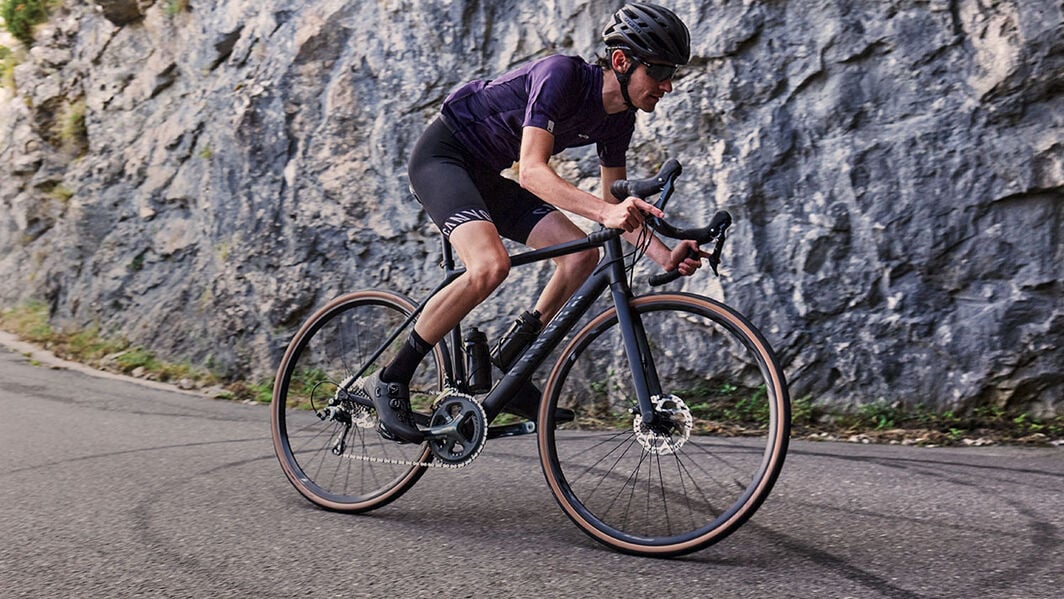
Discover our Gravel Bikes
Did this article help?
Thank you for your feedback







